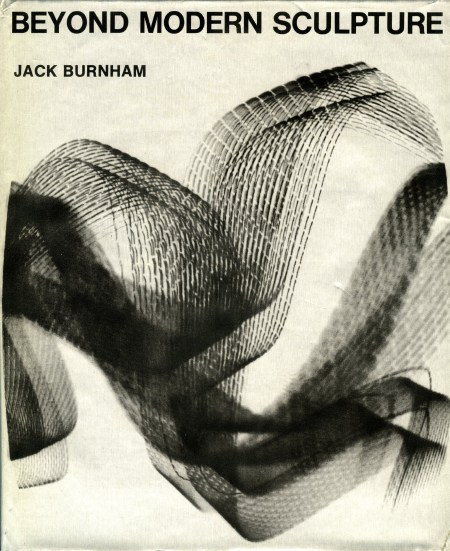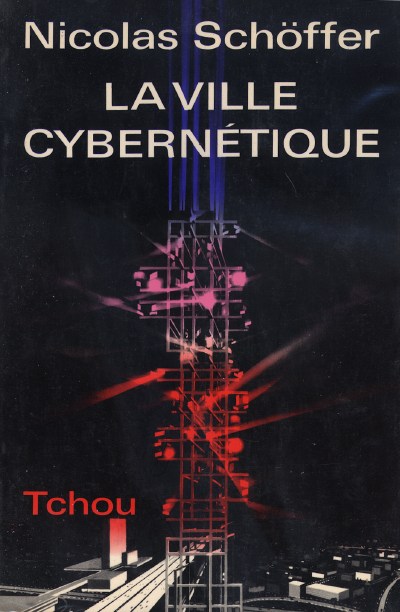two quotes by artists that could be labelled ‘transhumanist’ even though they appeared a couple of years before the first publications by F.M.Esfandiary (1973) and Robert Ettinger (1972) that spread the notion of transhumanism:
” Even with no end view in sight, it is difficult not to accept a post-biological logic for technological development. While survival, adaptation, and regeneration form the cornerstones of biological existence, it may be that culture is fundamentally a means for implementing qualitative transformations of man’s biological status. Art, then, and the whole image-making drive may be means for preparing man for physical and mental changes which he will in time make upon himself. Sculpture, functioning so, becomes a kind of psychical radar signal preparing the human race thousands (or now perhaps only scores) of years in advance. While physical adaptation in lower animals evolves over spans of tens of thousands of years, the human brain remains the only organism capable of re-forming biological patterns in a matter of only dozens of years – and probably much less in the future. As the drama of self-awareness and scientific discovery unfolds, we near a point where self-inflicted evolution becomes an imminent possibility. Is it inconceivable that free-standing figure sculpture arose concurrent with the beginnings of science in Greece, preparing us spiritually and psychologically for the conscious task of radically altering the human race far in the future ?”
(from, Jack Burnham, “Beyond Modern Sculpture”, George Braziller, New York, 1968)

” Parallèlement à l’évolution des procédés physiologiques, apparaîtra une nouvelle forme de création artistique visant l’espèce. Par son amélioration génétique, en effet, l’espèce humaine aura tendance à s’esthétiser progressivement.
Cette évolution arrivera forcément à un seuil où les problèmes esthétiques primeront les problèmes purement fonctionels, ces derniers étant résolus. Le problème de perfectionnement esthétique de l’espèce se posera alors dans sa totalité.
A ce stade de son évolution, l’homme tendra à se transformer en pur produit esthétique, devenant lui-même oeuvre d’art, retournant ainsi au seul objet qui soit à la fois idée et effet, c’est-à-dire l’homme fabriqué, développé et transcendé par l’homme.
Nous avons ainsi bouclé la boucle, de l’objet au non-objet et du non-objet à l’homme objet-idée-effet, faisant la démonstration que l’art, loin d’avoir épuisé ses possibilités, vient à peine d’entrouvrir la voie à un developpement prodigieusement complexe, fondamental et déterminant pour l’épanouissement et le perfectionnement de l’homme.”
in a rough translation:
“Parallel to the evolution of physiological methods, a new form of artistic creation will appear that will aim for the species. By improving itself genetically, the human species will have the tendency to estheticize itself progressively.
This evolution will clearly arrive at a threshold where esthetical problems will prevail over the purely functional problems, which will by then have been resolved. At that moment the problem of the esthetic perfection of the species will pose itself in its totality.
At that stage in its evolution, man will tend to transform himself in a pure esthetical product, becoming himself a work of art. In this way he will return to the sole object that is both idea and effect, i.e. a fabricated human being, developed and transcended by man.
In this way we have closed the loop, from object to non-object, and from non-object to man as object-idea-effect. We have demonstrated that art has far from exhausted its possibilities, and has just opened the road to a development of prodigious complexity that will be fundamental and crucial for the blossoming and perfection of mankind.”
(from Nicolas Schöffer, “La Ville Cybernétique”, Tchou, Paris, 1969)

